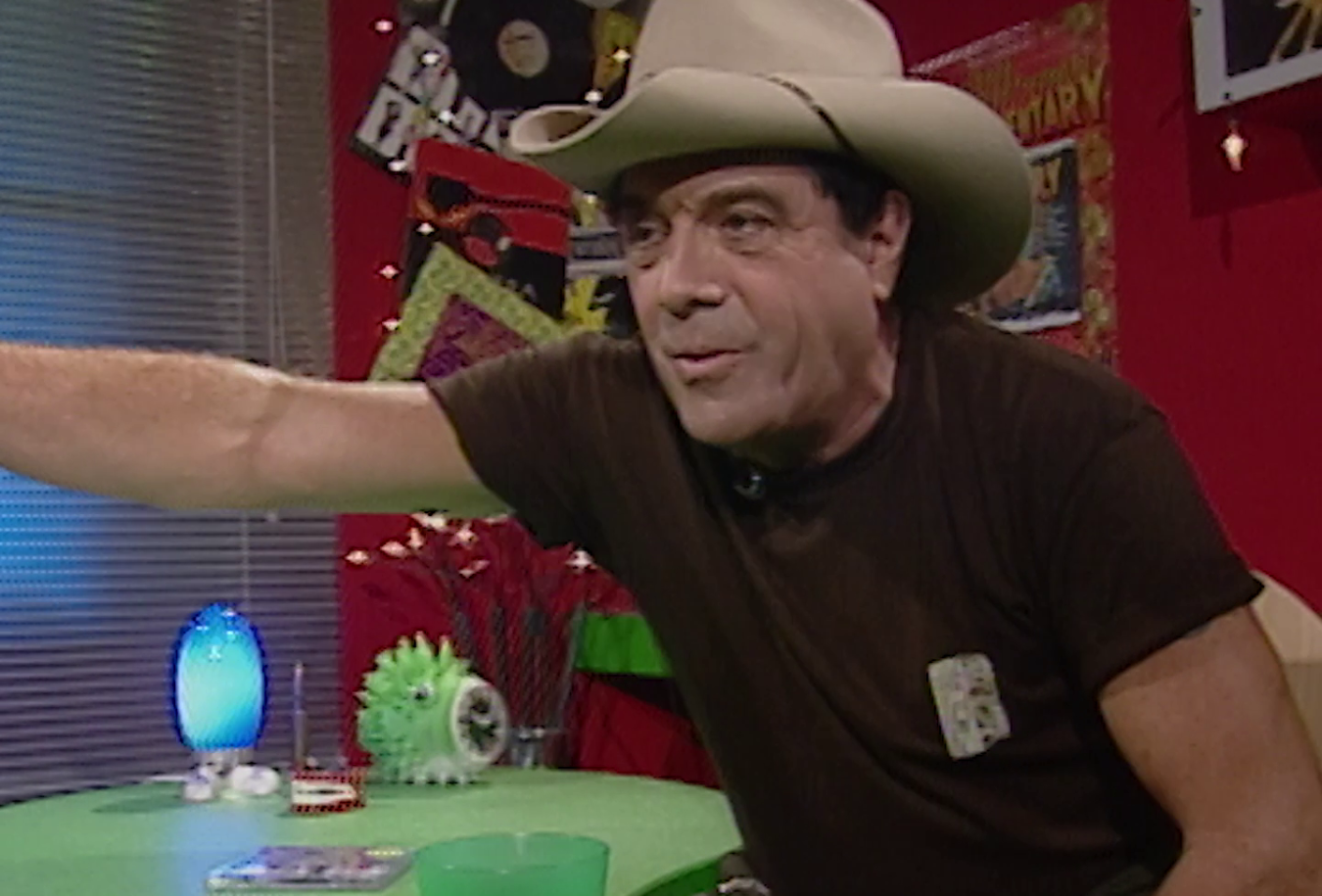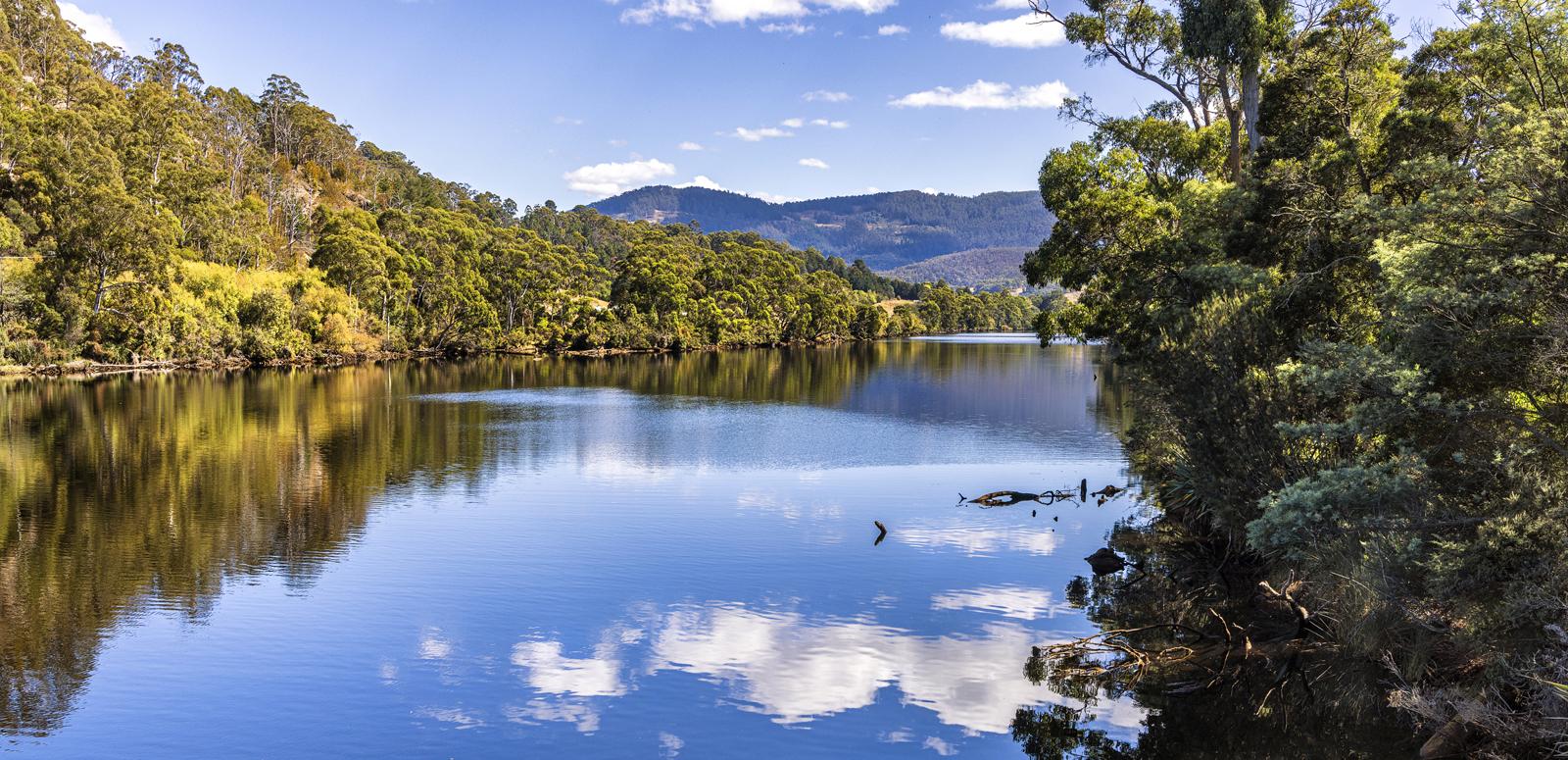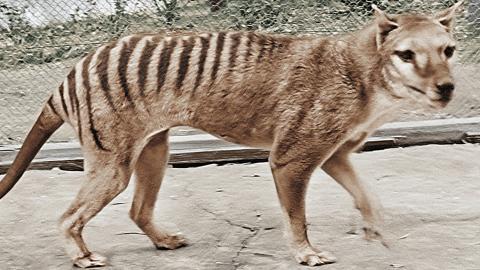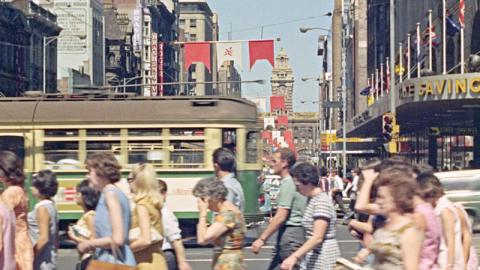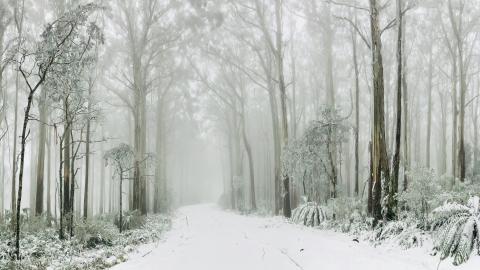These vintage promotional films for Tasmania, now restored in stunning 4K, take us on a dreamy journey through the island’s recent past, showing us the streetscapes, landscapes, fashions and pastimes of the 1930s and 1960s. They also provide an insight into how official versions of Tasmanian life were shaped, reflecting the ideals of the time. If you were a prospective tourist or immigrant, these films might well have lured you to this beautiful island.
